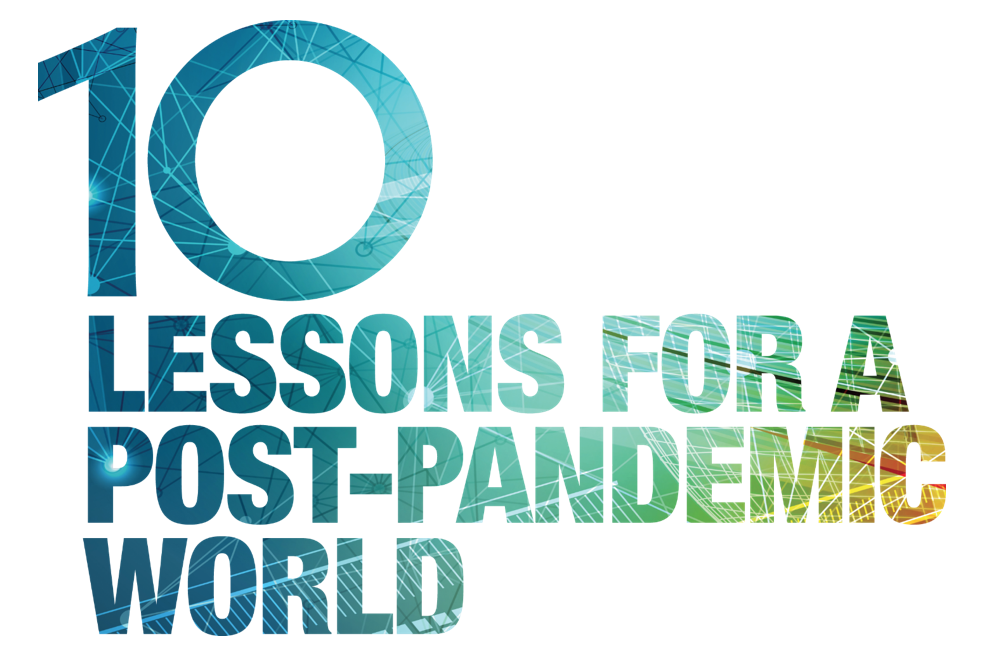
2020: Resilience and adaptability
“Canada responded amazingly well to the challenge of adapting to an existential threat to its post-secondary education system. The system proved its resilience.”
2020 has been a tough year, for both students and instructors. However, the post-secondary system (students, administrators, faculty, and instructors) showed amazing resilience and adaptability. Much was learned, about both the strengths and weaknesses of online and classroom learning.
The shock of nearly all colleges and universities moving their classes to emergency online learning resulted in several lessons that apply well into the future. As we move into planning for 2021-2022 and a post-pandemic college/university experience, what are the lessons we can take from the 2020 experience? What do we need to learn and unlearn?
Blended learning is the future
Blended learning looks to be the future of teaching in Canadian post-secondary education, and we are seeing many more instructors learning how to develop and manage this method of teaching as a result of COVID-19. Support from administrators and particularly from centres for teaching and learning was essential.
As we gradually come out of COVID-19, much will stay the same as before, but probably much more will change permanently.
How do I know this? Since March 2020, I have been tracking research on the impact of emergency online learning (see here for a list of studies) and working with several institutions as they pivoted to online delivery.
There are many possible lessons to be learned, but here is a selection that affect all students, instructors and administrators in Ontario colleges and universities.
These 10 lessons were first published in the Contact North newsletter on November 4. I will present them as ten separate posts for your convenience (just click on each):
1.Online and blended learning will increase substantially post-COVID-19
2. Support for instructors is essential for quality online learning
3. We know how to do quality online and blended learning, but we can also learn from emergency online learning
4. COVID-19 showed the need for more flexible assessment methods
5. COVID-19 resulted in innovative teaching, but will it stick?
6. We are beginning to see the advantages of media and open educational resources for teaching and learning
7. More attention needs to be paid to online access and equity
8. We need more flexible learning spaces
9. Lessons learned for administrators
10. We need more (and better) data
Conclusion
Impressive response
The response from instructors across the Canadian post-secondary sector to the pandemic was impressive. More than 100,000 instructors moved their courses into emergency online learning in two weeks or less.
For most, this meant learning new skills and teaching at least somewhat differently. There were no walk-outs or strikes, and although instructors were certainly not happy with the situation, almost without exception they responded willingly to the effort to carry on so their students could complete the Spring 2020 semester.
This was then followed by an intense summer in which many instructors went through some form of training to improve the online learning experience for the fall semester. They were strongly supported by institutional centres for teaching and learning, which ran workshops, one-on-one consultations and developed on-demand resources on online learning that were immediately accessible to instructors.
More learning for instructors is continuing during the Fall 2020 semester, in which courses are either fully online or with a mix of online and severely restricted campus attendance. This is likely the most intense and expansive faculty development effort in the history of Canadian post-secondary education.
Probably no one learned as much as our instructors during COVID-19. We also learned that teaching and learning are unlikely to go back to where they were pre-pandemic, as we will see in Lesson 1.
Surge in blended learning
However, I do see a surge in blended learning, in which online learning is deliberately integrated with campus-based teaching. Students were already going online to search for content before the pandemic. The increase in open educational resources continues that trend.
It’s far better for instructors to guide and help students find online material for their studies, through projects or work on a particular topic.
This means we are likely to see a whole range of blended learning designs, from:
- Just-in-time support to regular classroom teaching
- Courses with reduced classroom time but not eliminated, with time set aside for online learning
- Hybrid learning in which the “affordances” of online and campus-based teaching are deliberately exploited
- HyFlex courses in which students can choose any combination from fully on-campus to fully online
In the long run, the development of integrated face-to-face and online learning can be nothing but good for our students. We will have better trained, more adaptable instructors using modern teaching methods to prepare our students better for an increasingly digital age.









 Dr. Tony Bates is the author of eleven books in the field of online learning and distance education. He has provided consulting services specializing in training in the planning and management of online learning and distance education, working with over 40 organizations in 25 countries. Tony is a Research Associate with Contact North | Contact Nord, Ontario’s Distance Education & Training Network.
Dr. Tony Bates is the author of eleven books in the field of online learning and distance education. He has provided consulting services specializing in training in the planning and management of online learning and distance education, working with over 40 organizations in 25 countries. Tony is a Research Associate with Contact North | Contact Nord, Ontario’s Distance Education & Training Network.

